Cost of Living: Japan vs US vs Australia
Introduction
The cost of living in Japan works out to about half that of an expensive area in the US and Australia. Japan has a pretty standard price range of housing in the suburbs and even in Tokyo, there are options for cheaper rentals. This is of course with the sacrifice of space.
This blog is a quick recap of my own cost of living expenses in suburban areas in the US, Australia, and Japan, which is a good cost comparison considering that I always aim for a similar standard of living. So, before I kick off with the costs I want to capture how I live to put these costs into perspective.
My goal for this post is to share my cost of living as some insight to perhaps assist with your decision to move to Japan. Otherwise, it might just be an interesting read to see how costs compare for me!
My own standard of living
My standard of living is what I would consider average or cheaper than average as I like to maximize my money for spending on travel. That leaves me taking my time searching for cheaper options and making some “sacrifices” for living standards. For example, if I can save a decent amount of money by not having an ensuite in a share house I will not take an ensuite.
Rental property summary table
My US situation: Sharehouse, Bellevue, WA
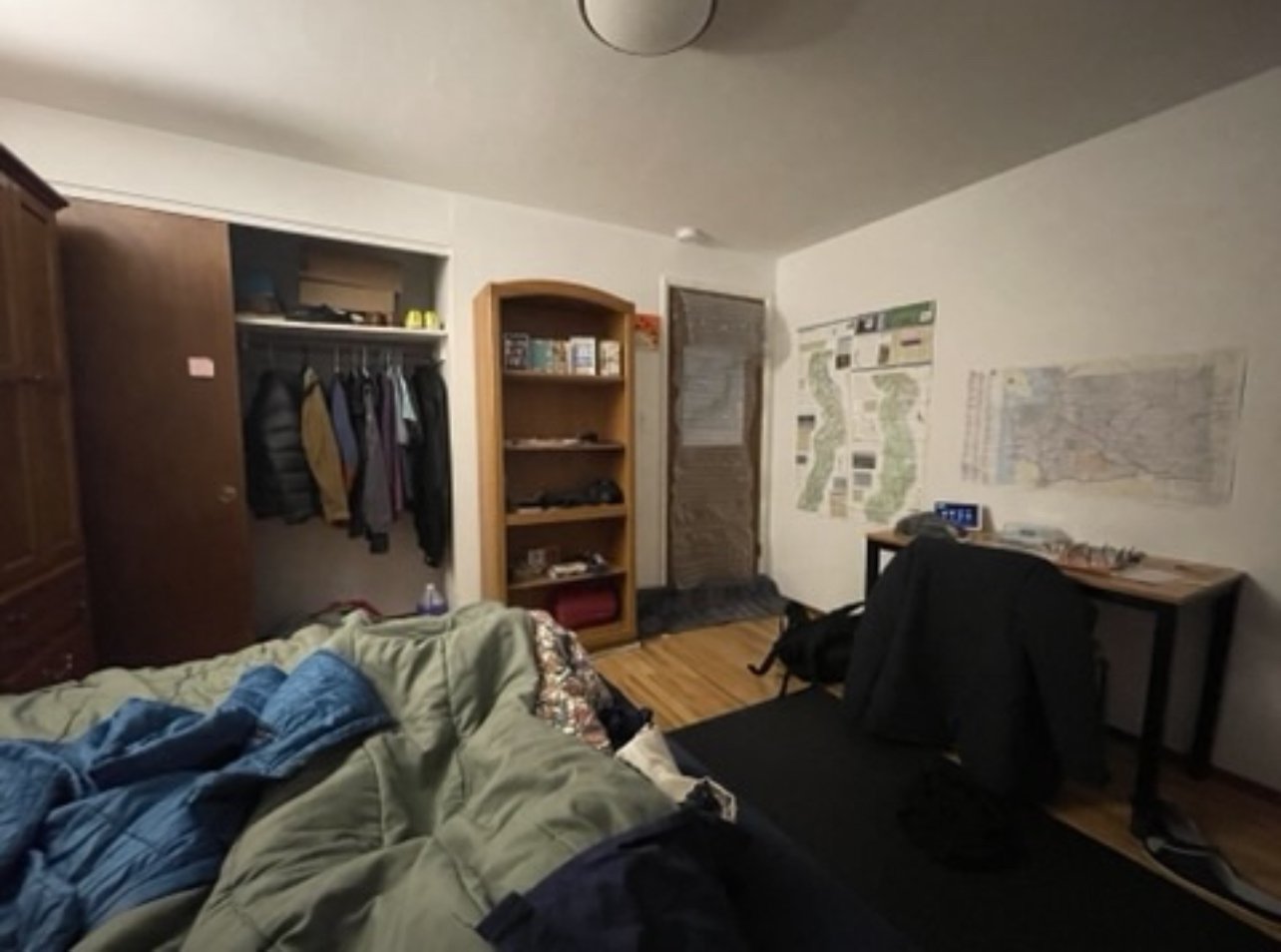
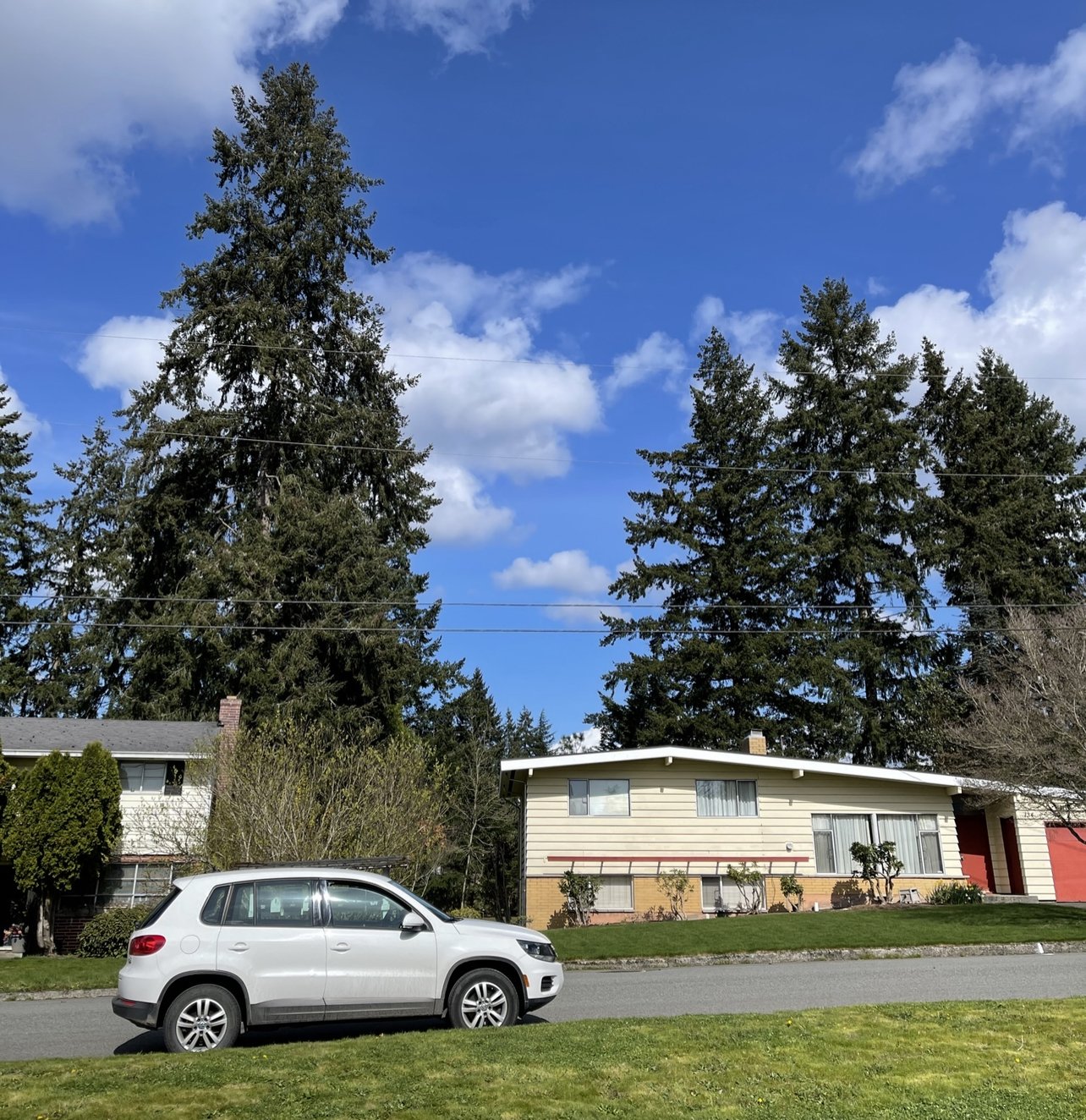
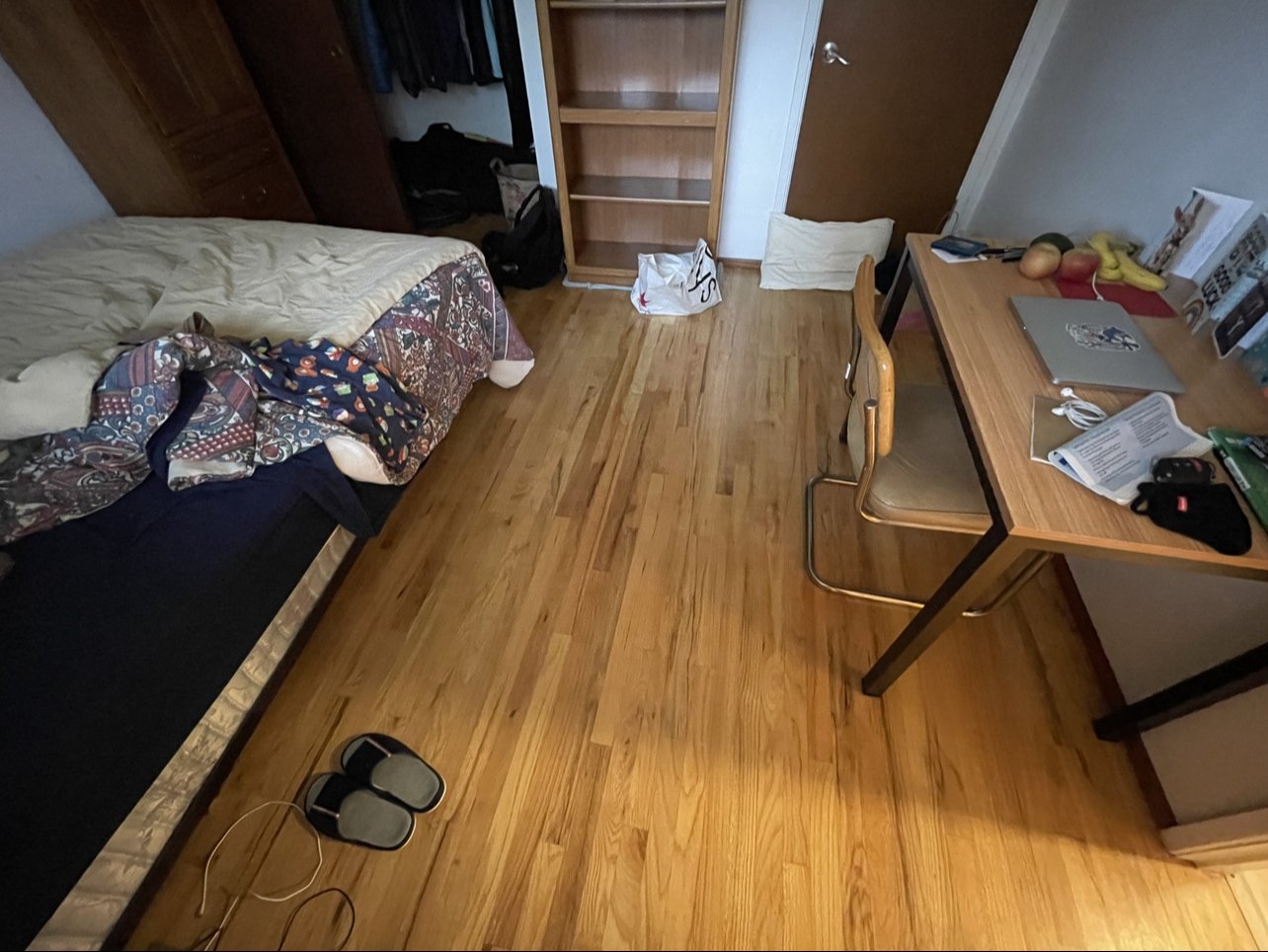
In the US, I had a well-paying job with all the bells and whistles. However, I still sought out the cheapest living arrangements. After all, I was living in two of the most expensive cities in the country - Bellevue, WA, and San Francisco, CA. I’m using Bellevue for this comparison although the San Francisco (more specifically Fremont) was more or less the same costs.
The Bellevue share house was one room in a three-bedroom house and I had an ensuite plus full use of the kitchen. Parking was on the street and free. The house, including my room, was fully furnished with old furniture that did the job.
The monthly rent was $1250 USD and included internet and all the utilities. This was one of the cheapest deals I could find and took a few months to find.
The location was great for my work but a car was very much necessary to commute to work. The house was kind of run down and the people who lived there were fine, but it was not a place where I wanted to spend time when I was free - which lead me to spend most of my free time out exploring or in cafes.
The vibe of the house was probably the biggest con. The owner lived there and she would follow me around turning off light switches to save money on energy; even when I was in the room. She worked from home full-time and was always in the living room where her desk was set up. The other person who lived there worked for Amazon 80+ hours per week and never left the house.
My Australia situation: Self-contained apartment, Freshwater, NSW
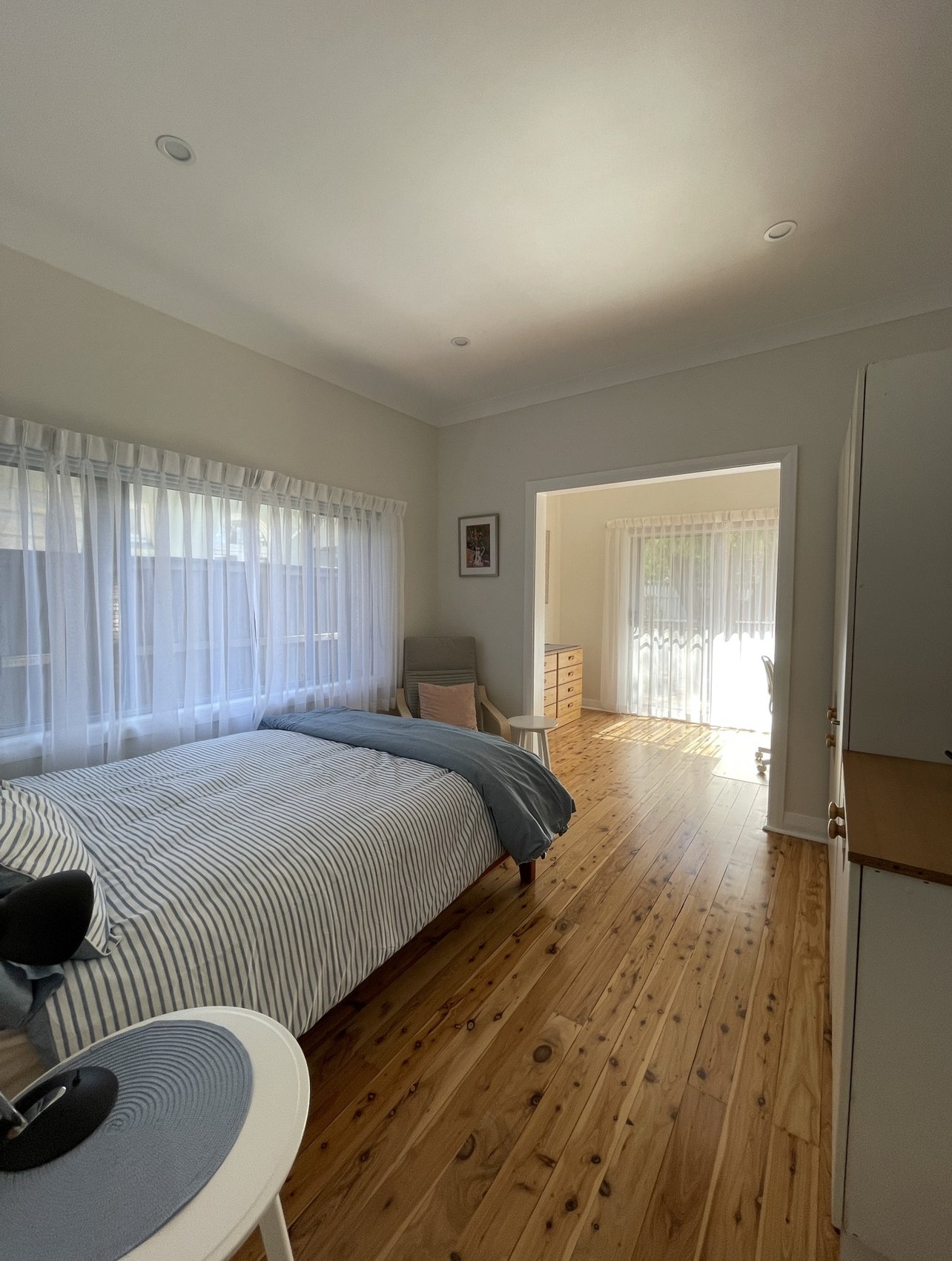
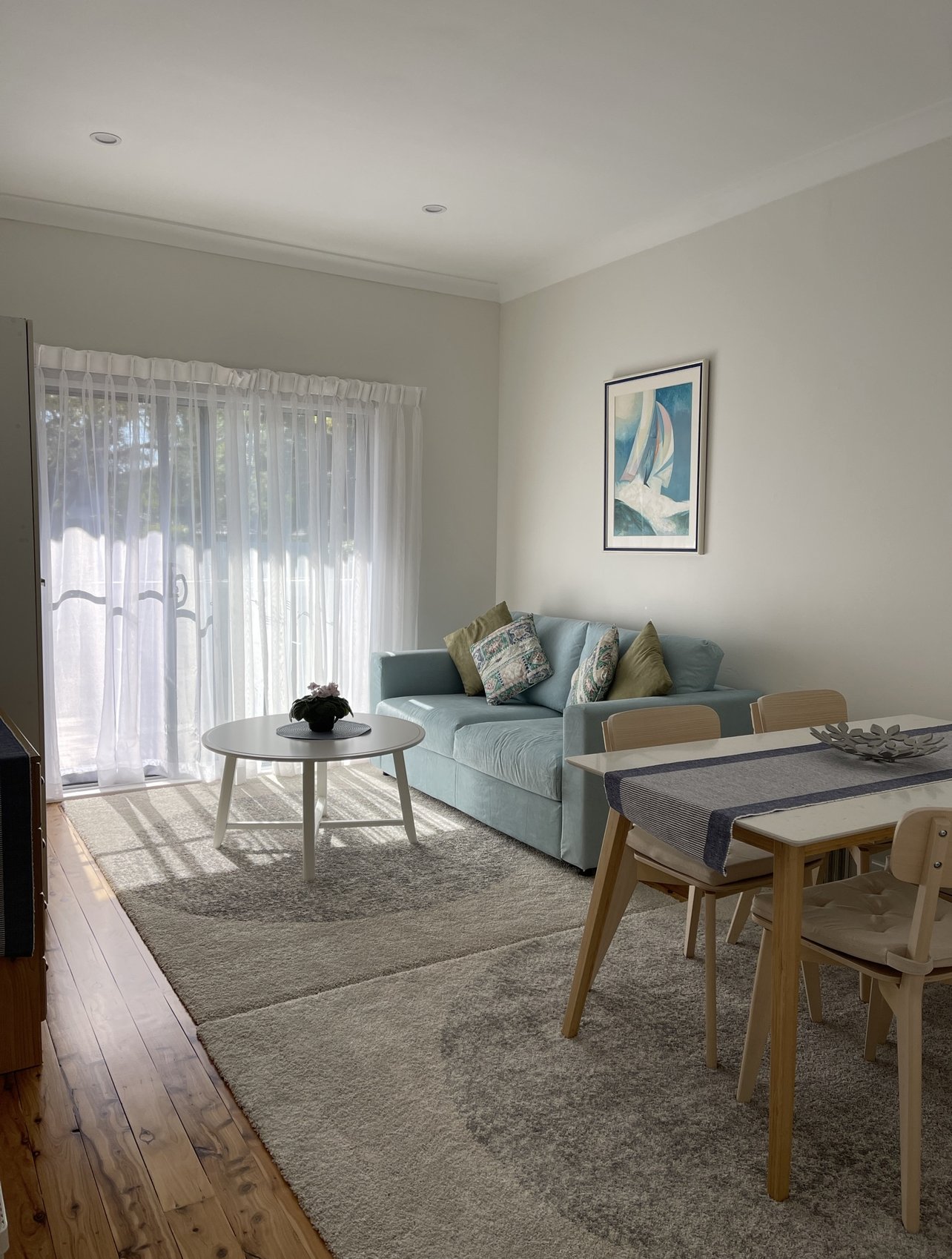
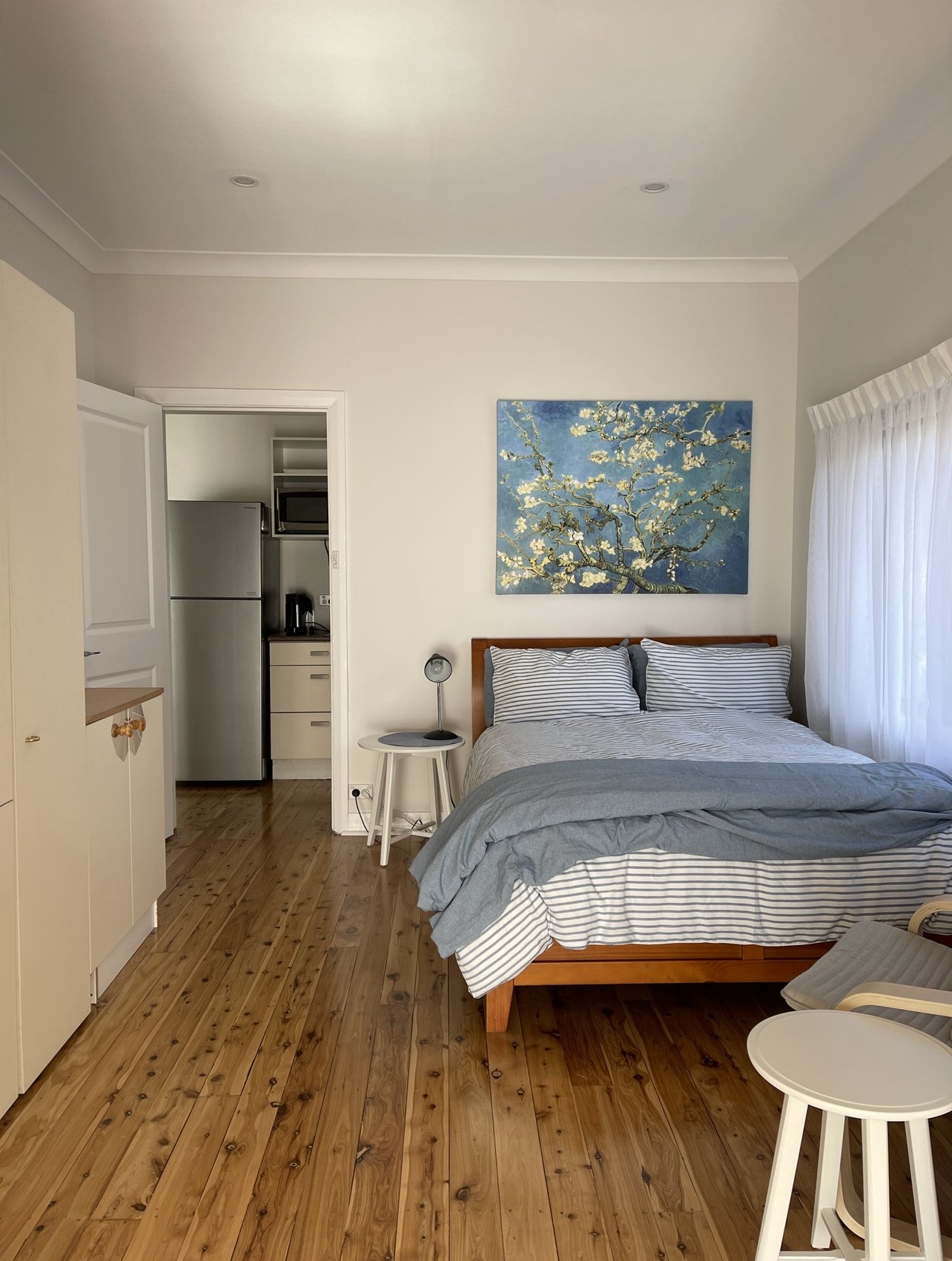
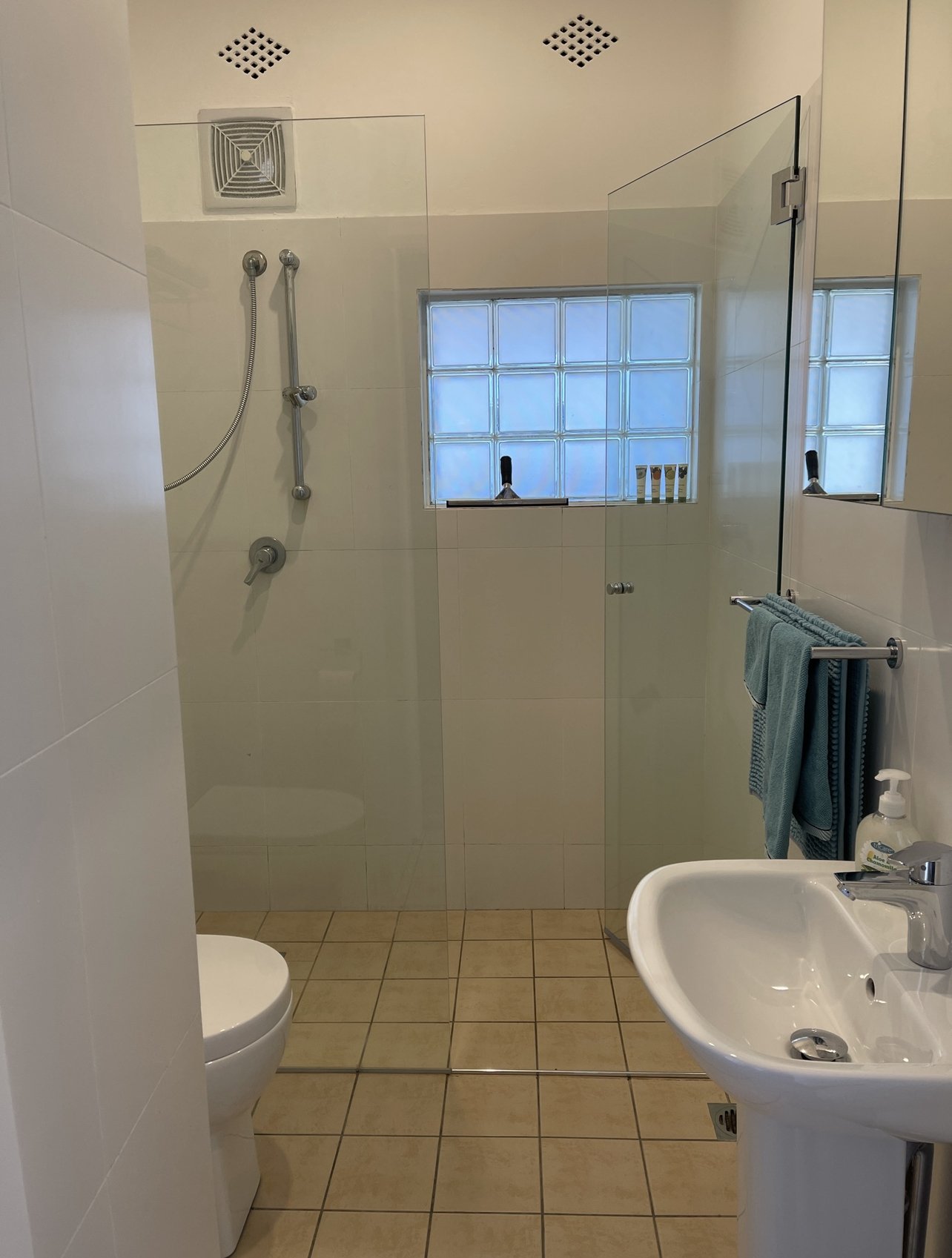

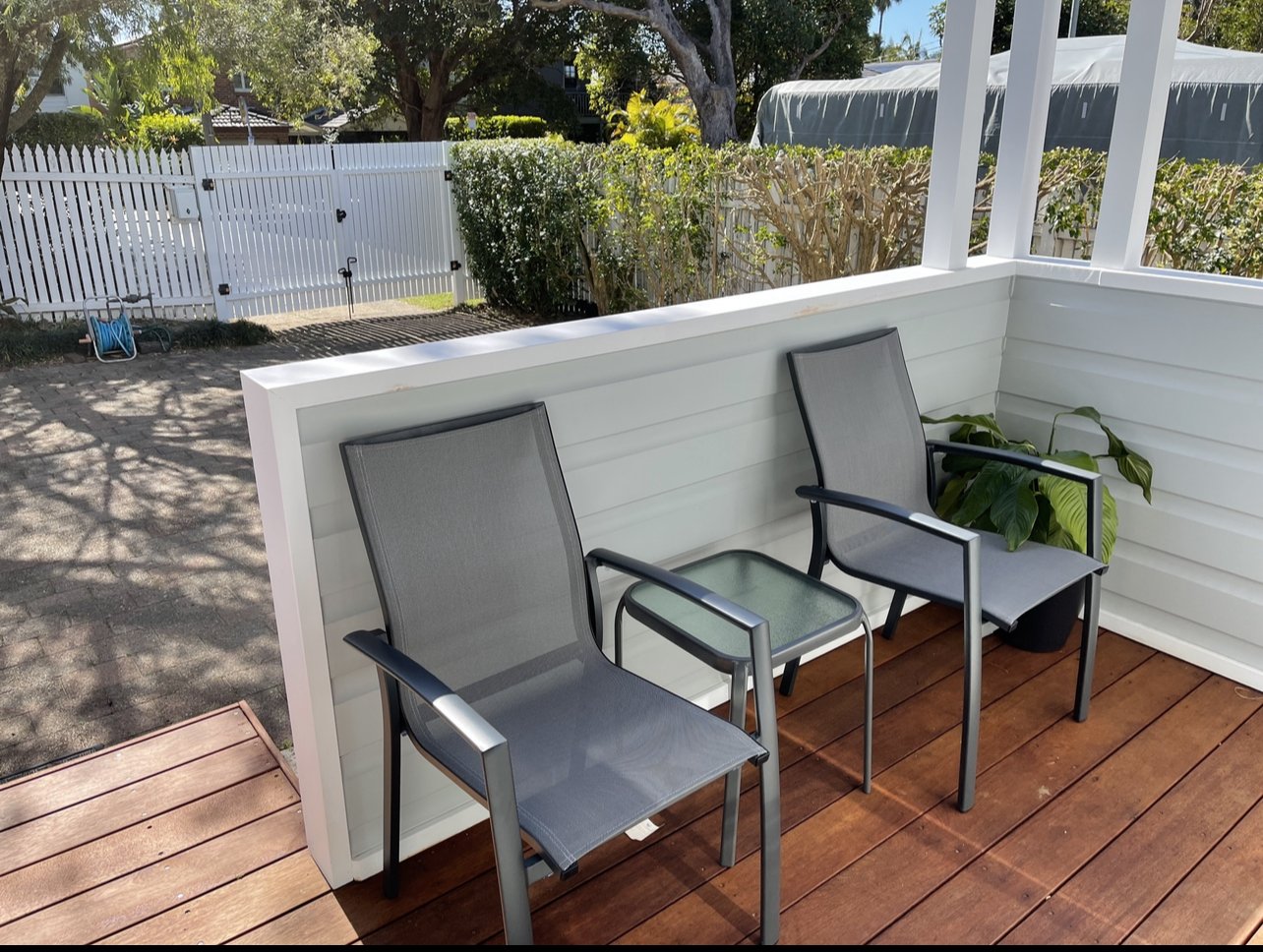
I lived in a subdivided house where I had part of the first floor, completely self-contained with two rooms (living room and bedroom plus the kitchen) as well as my own full bathroom. The bedroom was huge and had a study attached.
The monthly rent was $2000 AUD (which I negotiated down from $2200) and it was more than reasonable for what was included.
At the time, I was working fully remote and this was the perfect setup I was looking for - after having experience working remotely in the US during Covid I learned I couldn’t work from my bedroom again. My world felt too small.
The apartment came with off-street parking, two balconies, and a courtyard. There was a lot of privacy and the owners, who lived upstairs, are Japanese. They were very quiet and occasionally invited me over for dinner. Super friendly and welcoming!
This apartment was just 15 minutes walk to one of the best beaches in Sydney - Freshwater Beach. Awesome for surfing, snorkeling, and swimming. There are lots of cafes and restaurants in the area and it was a great place to live.
My Japan situation: Ueda, Nagano
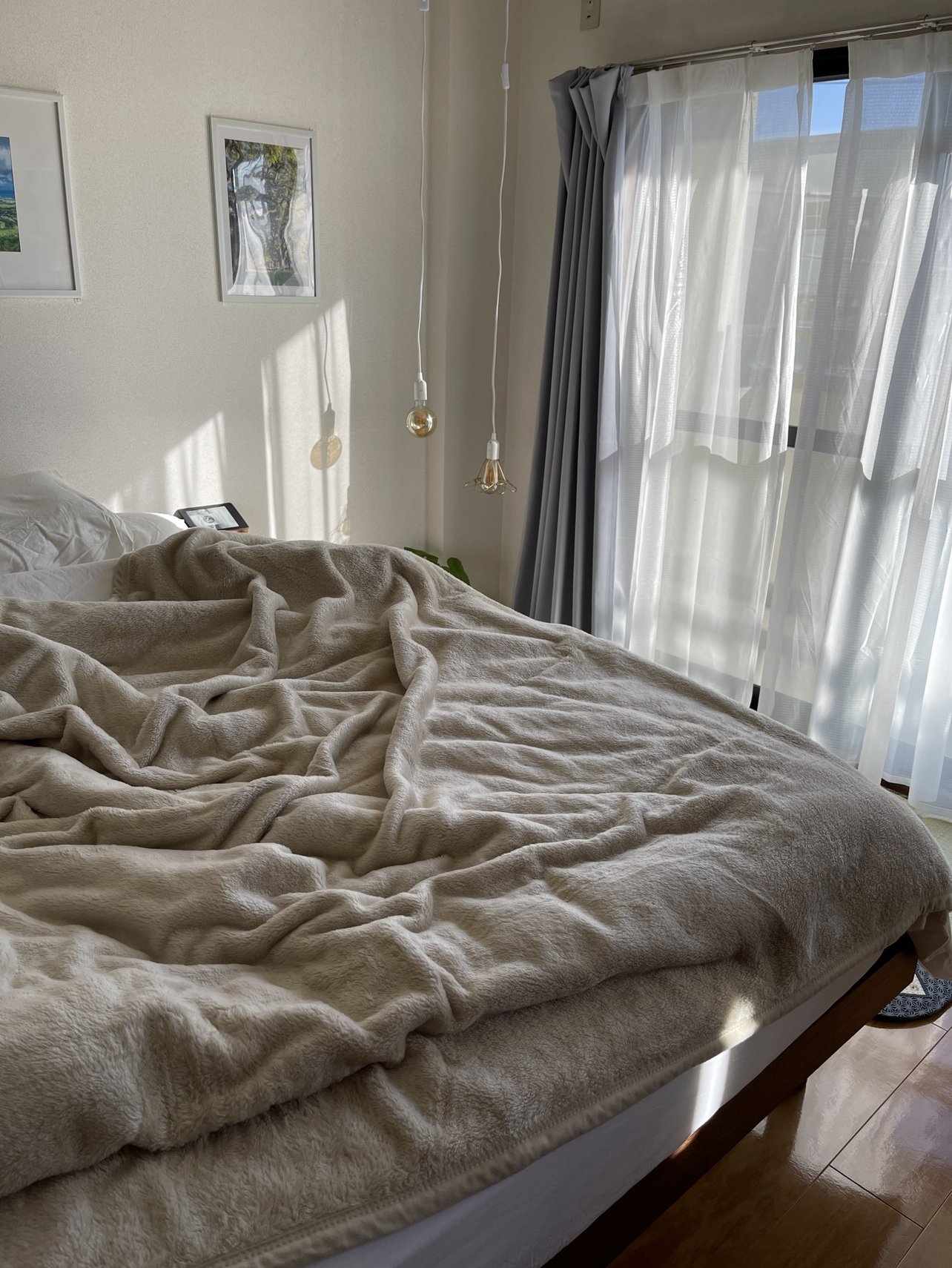
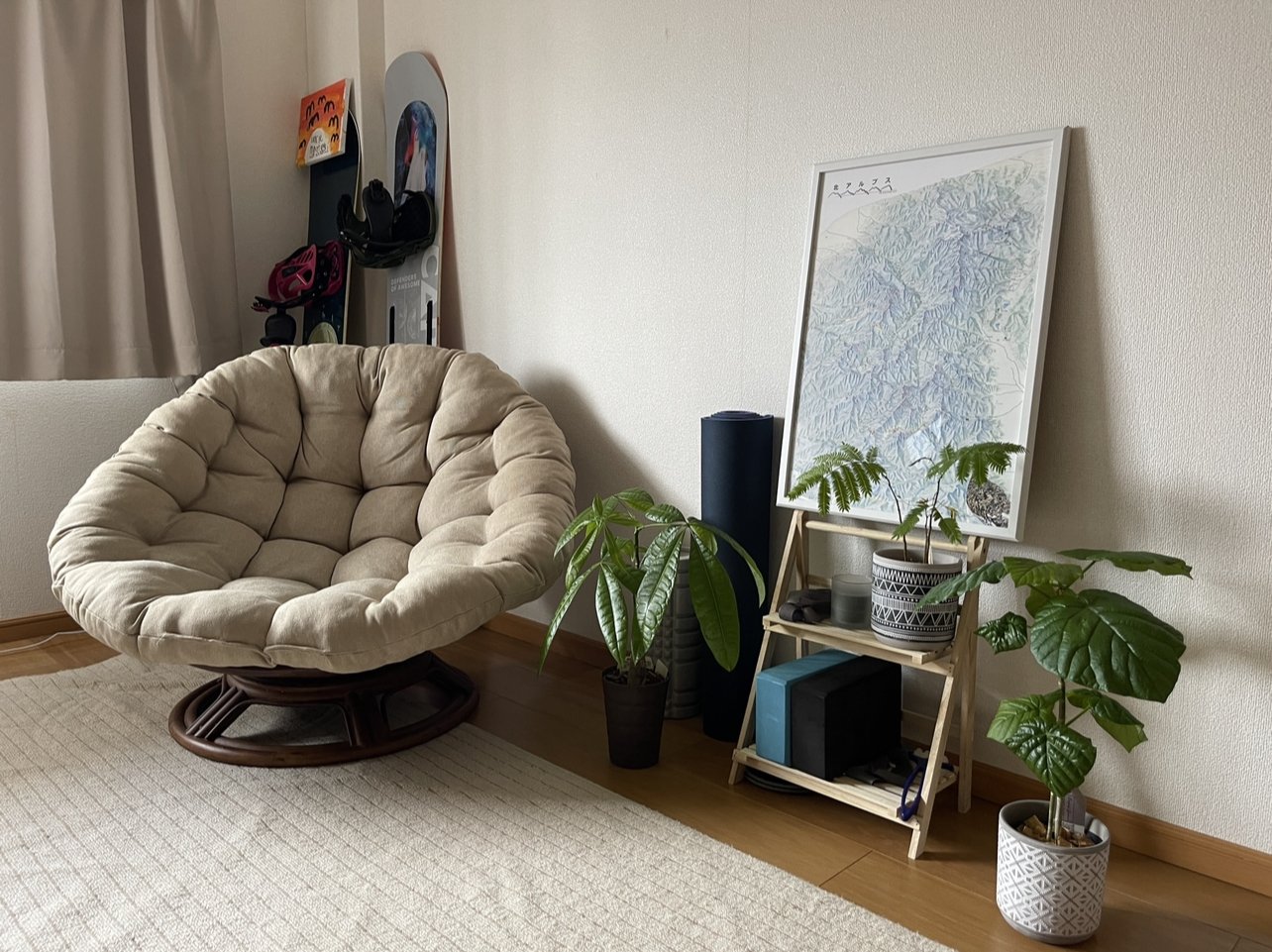
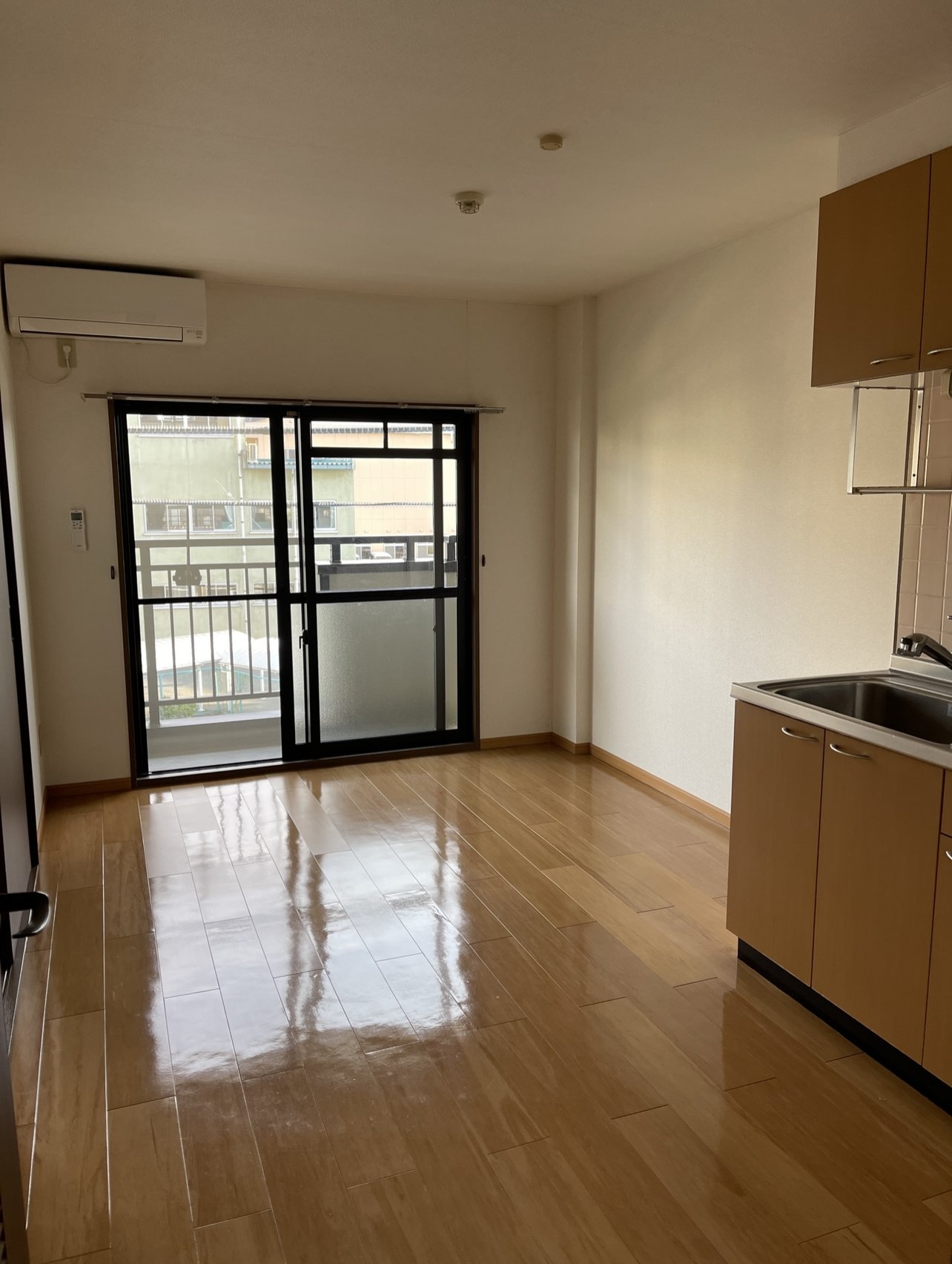
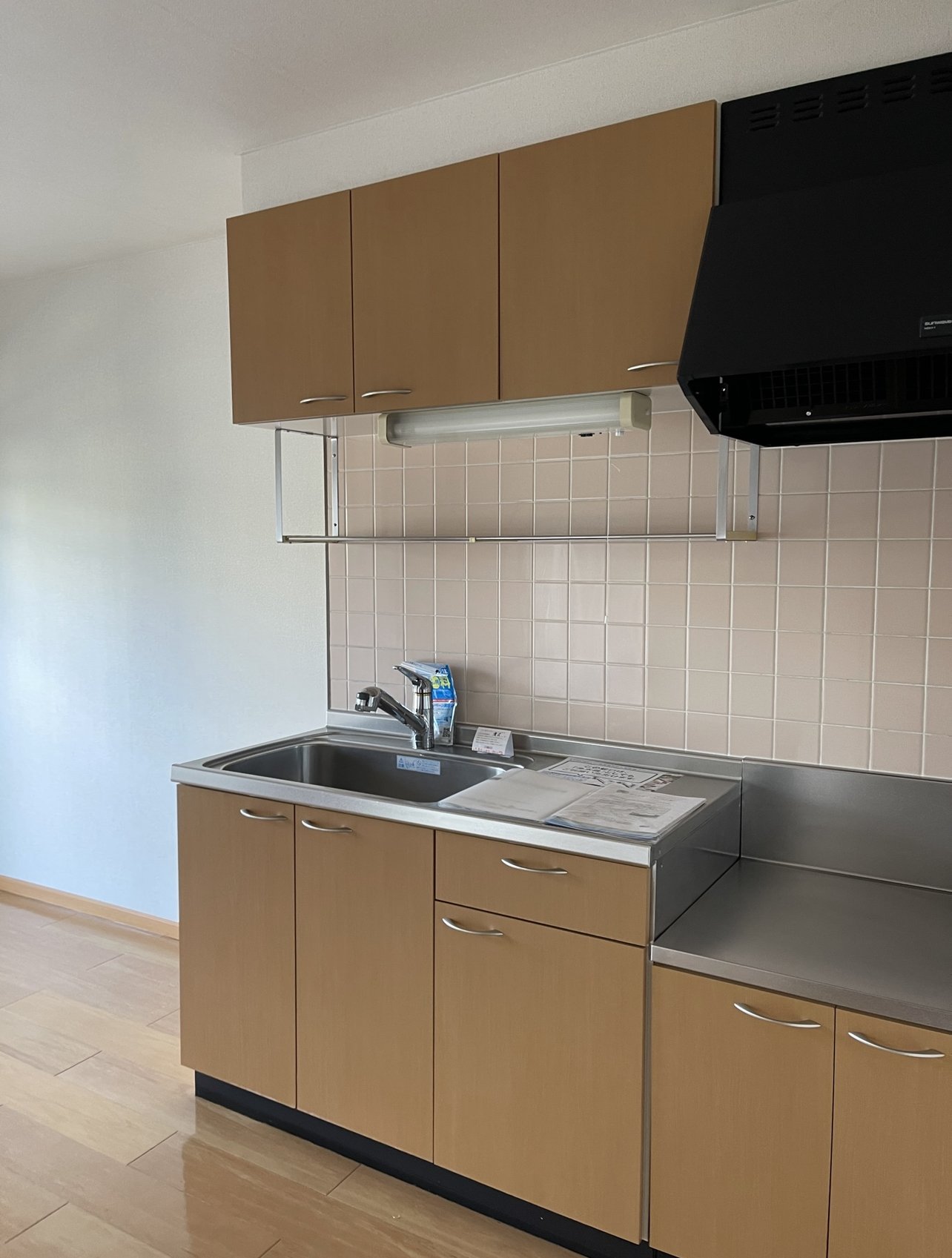
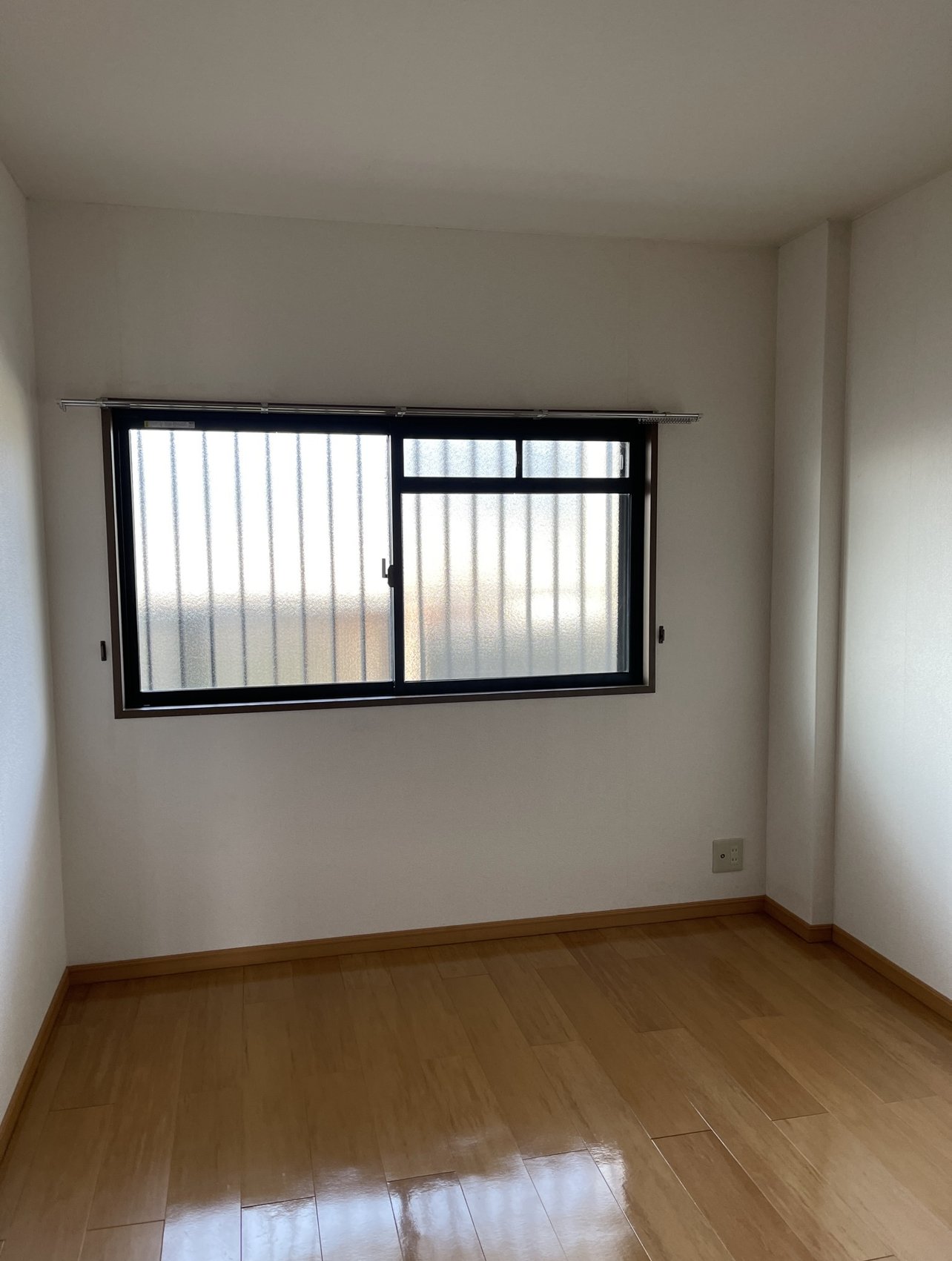
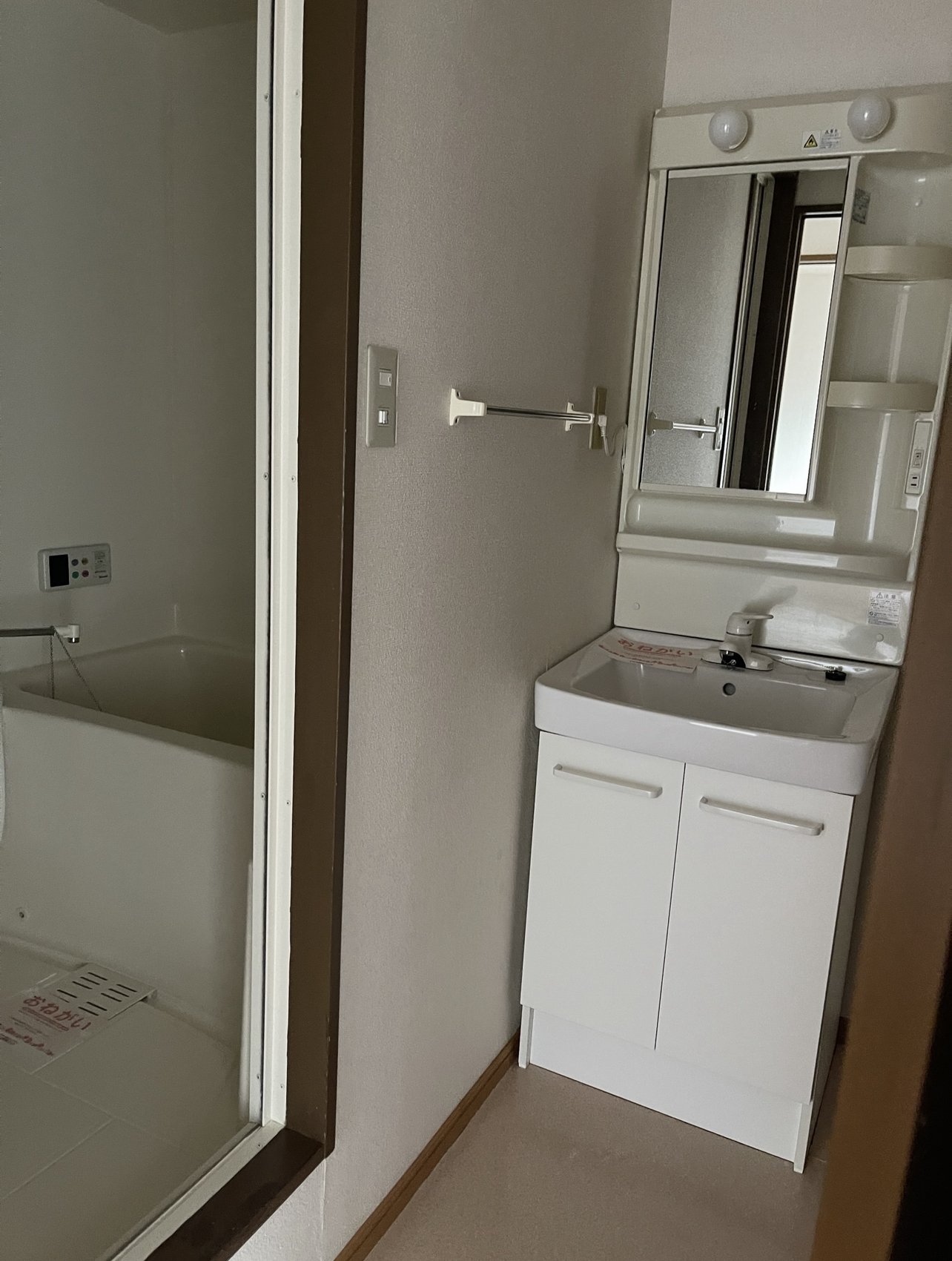
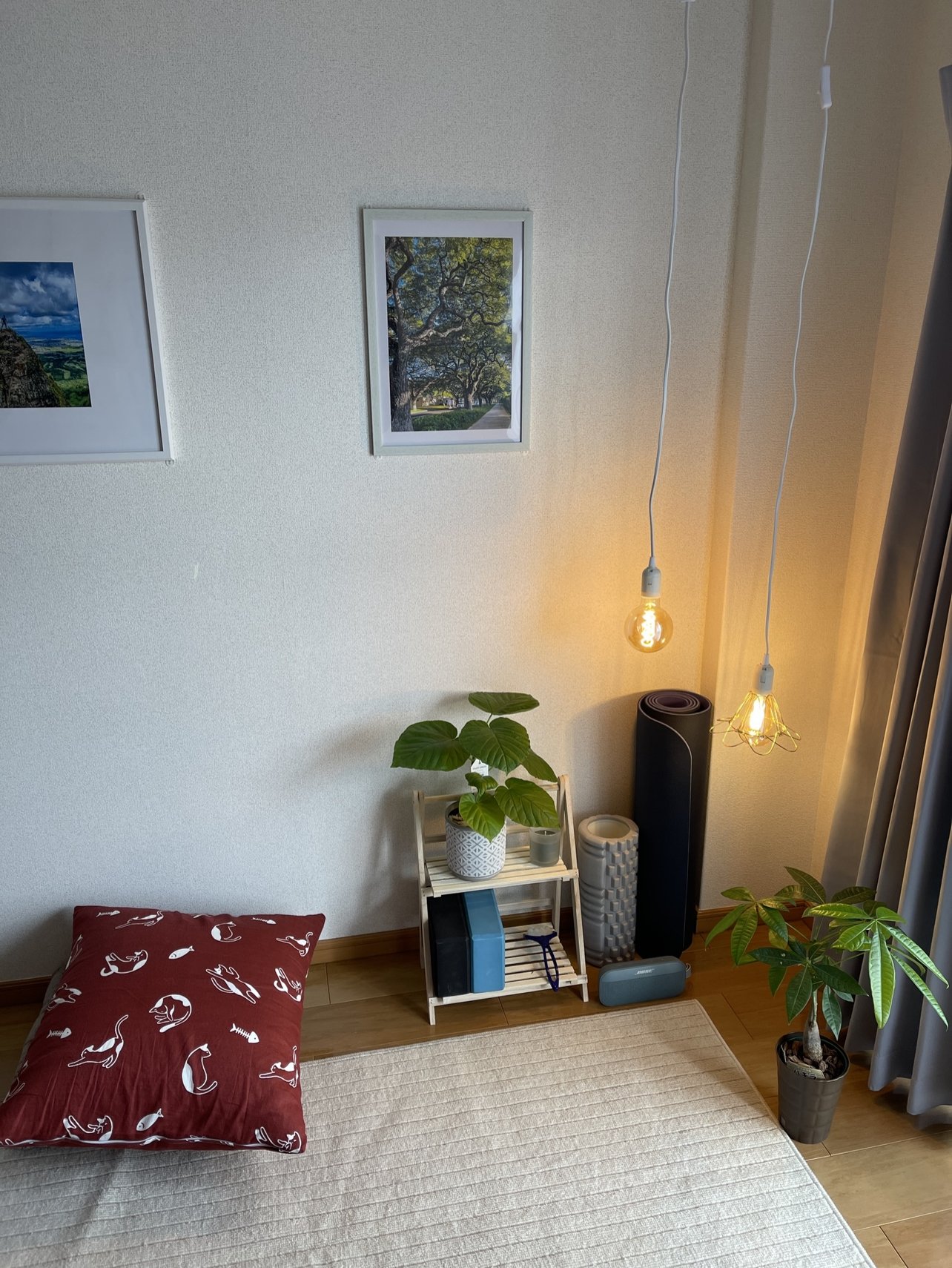
I’m currently living in a 1 bedroom and 1 living room apartment. The cost is 52,000 Yen including parking, which is pretty standard when it comes to rental costs outside of Tokyo and Osaka.
IMPORTANT: for some context, I have also lived in Kyoto (1 bedroom apartment) and Ise, Mie (1 bedroom apartment). Both of these apartments were around the same price as my current apartment in Ueda. This is important to consider before categorizing Ueda as a super cheap place to live in Japan. This cost of 50,000 to 60,000 is pretty standard for a reasonable apartment in Japan’s suburbs.
My place in Ueda is 10-minute walk to Ueda Station, which has a Shinkansen bullet train to Tokyo that takes about 1.5 hours and costs around 6,000 Yen for a return trip.
I have a balcony, air conditioning, and laundry in the apartment.
Monthly Cost of Living Summary Table
Findings
My monthly cost of living in Japan is less than half than the US and Australia mostly because of the rent in US and Australia. Thanks to the cheaper rent in Japan, I’m able to spend a lot less on living costs overall.
Everything else is quite comparable when it comes to costs. But if you consider some of the other daily life fluctuating costs below you will also see that gas is also slightly cheaper in Japan as well as cheap restaurants for life convenience.
Fluctuating Spending Items
Important Notes
This quick comparison of my own living costs definitely misses a few things that I will note below:
This comparison does not account for salary differences. This is not in the scope of this comparison.
It is really difficult to compare any international city with another because of a lot of economic and regional factors.
This comparison is purely to compare my own living costs in these three locations. It does not reflect everyone’s situation and unique expenses.
This comparison misses a few unique costs to each location. For example, there is a city tax on residents living in Japan. For Ueda, it is around 50,000 per year.
Opportunities for each location, even between say Tokyo, Bellevue, and Sydney, Australia are very different. This is outside of the scope of this simple comparison.
I hope you’ve enjoyed this blog and hope that it adds some value to your knowledge and maybe even decision-making!
Happy Travels!
Matt


